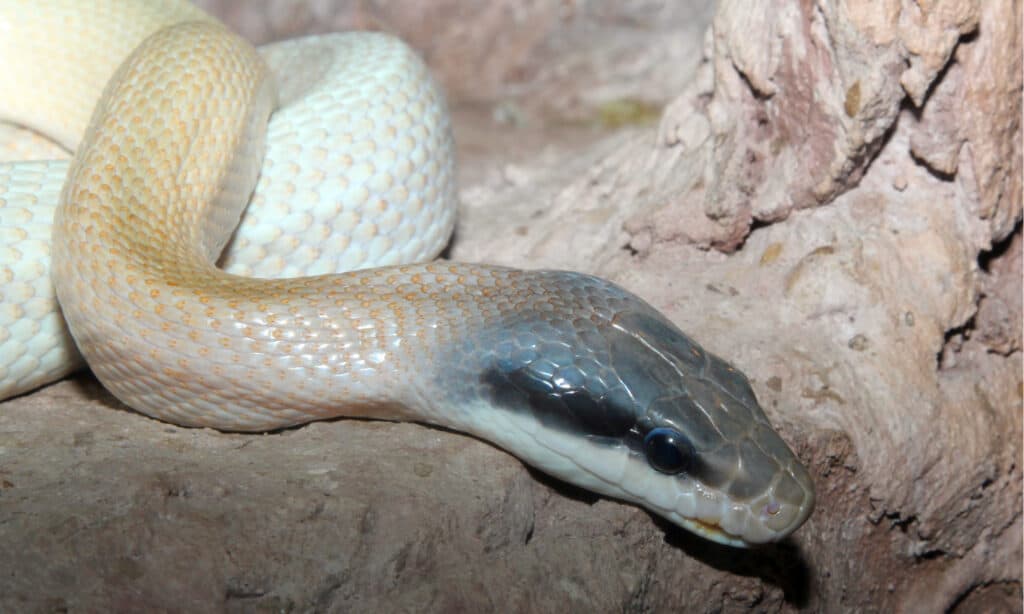Introduction
When it concerns venomous snakes, Australia is home to some of one of the most remarkable and unsafe varieties worldwide. Amongst these, the Tiger Snake stands out not just for its potent poison but additionally for its interesting behavior. Comprehending the behavior of venomous snakes like the Tiger Snake is critical for both wild animals fanatics and those staying in locations where these serpents exist. This post explores various aspects of Tiger Snake behavior, habitat, recognition, precaution, and emergency treatment methods in situation of a serpent bite.
Understanding the Behavior of Venomous Snakes Like the Tiger Snake
The Tiger Snake, clinically called Notechis scutatus, is well-known for its aggressive nature when threatened. These snakes exhibit a variety of habits that can be rather various from their non-venomous counterparts.
Characteristics of Tiger Snakes
The Tiger Snake is easily recognizable as a result of its distinctive bands or red stripes that look like a tiger's markings. They can differ in color from yellowish-brown to dark olive or black. This pigmentation offers not just as camouflage yet also as a caution signal to potential predators.
Adaptability to Environment
One exceptional facet of their behavior is their versatility to various settings. Discovered mostly in seaside regions, marshes, and wetlands across Australia and Tasmania, they can prosper in varied habitats including urban locations.
Hunting Techniques
Tiger Snakes are ambush predators primarily preying on fish, frogs, and little mammals. They possess eager eyesight and an acute feeling of scent which aids them in situating target effectively.
Venom Composition
Their poison has neurotoxins that affect the nerves, causing paralysis or fatality in smaller sized pets. For humans, immediate medical attention is important after a tiger snake bite due to its possibly deadly effects.
Natural Environment of Tiger Snakes
Preferred Locations
Snakebite managementUnderstanding where these snakes reside clarify their behavior patterns. The tiger snake habitat includes:
- Coastal regions Swamps Grasslands Urban locations with bountiful water sources
Seasonal Movements
During warmer months, Tiger Snakes are much more energetic as they bask in sunshine or quest for food. On the other hand, chillier months see them retreating into hibernation sites.
Are Tiger Snakes Venomous?
Yes! The question "are tiger snakes poisonous?" typically emerges among those unfamiliar with this species. Their poison is thought about among the deadliest among all snake types worldwide.

Symptoms of a Tiger Serpent Bite
If bitten by a tiger snake, signs might include:
- Localized pain Swelling at the bite site Nausea and vomiting Sweating and confusion
Immediate medical help is essential as untreated attacks can bring about extreme health and wellness issues or perhaps death.
First Aid for Snake Bites: Quick Response Guide
Knowing exactly how to provide first aid for a serpent bite could save someone's life. Right here's what you ought to do:
Step 1: Remain Calm
Keeping calm aids decrease heart price which lowers poison spread.
Step 2: Paralyze the Influenced Area
Keep the impacted limb still and listed below heart degree if possible.

Step 3: Call Emergency Situation Services
Always look for expert medical help right away after a serpent bite.
First Help for Serpent Bite Set Essentials
A well-appointed snake bite first aid kit ought to include:
- A compression bandage Antiseptic wipes A set of scissors A cold pack
Safety Preventative measures: Preventing Serpent Bites in Australia
Awareness Programs
Educating neighborhoods regarding local serpent species and their actions can considerably reduce experiences Respiratory Support resulting in bites.
Avoiding Dangerous Areas
Staying away from long turf during warmer months lessens call with snakes Go to this website that may be resting or hunting.
Common Misunderstandings Concerning Tiger Snakes
Many individuals think misunderstandings concerning the actions of tiger serpents cause unnecessary fear. Right here are some explanations:
Myth 1: All Tigers Are Aggressive
Not all tiger snakes will show aggression if left uninterrupted; several favor running away instead of confrontation.
Myth 2: They Chase Humans
Tiger serpents do not proactively chase after people; they may strike when they really feel endangered yet will usually pull away if provided space.
Conservation Efforts Related to Poisonous Snakes
Conservation efforts concentrate on informing communities regarding protecting local wild animals while minimizing human-snake interactions.
Importance of Ecosystems
Understanding that venomous snakes play a crucial function in preserving environmental balance assists foster admiration as opposed to fear in the direction of them.
FAQs Concerning Tiger Snakes
What needs to I do if I experience a tiger snake?- Maintain range and gradually pull back without unexpected movements.
- While bites aren't extremely usual due to understanding efforts, they still happen each year within Australia.
- Baby tiger snakes can deliver complete dosages of venom despite being smaller; therefore caution is advised around them.
- They primarily eat frogs, fish, little mammals like rats, and other reptiles.
- It's prohibited in most territories without appropriate licensing because of safety worries regarding their venom.
- Wear sturdy boots and remain on significant tracks; look prior to putting hands or feet right into concealed rooms like rocks or logs.
Conclusion
Understanding the behavior of poisonous serpents like the Tiger Snake not just boosts our knowledge however additionally promotes safety and security awareness among those living near their habitats. From acknowledging their qualities, comprehending first aid protocols complying with a bite, with involving conservation initiatives-- every element plays an important function in cultivating coexistence with these interesting reptiles while valuing their area within our ecosystem.
As we grow our understanding via education and experience, we contribute positively towards making sure both human safety and wild animals conservation-- profiting all celebrations involved!
